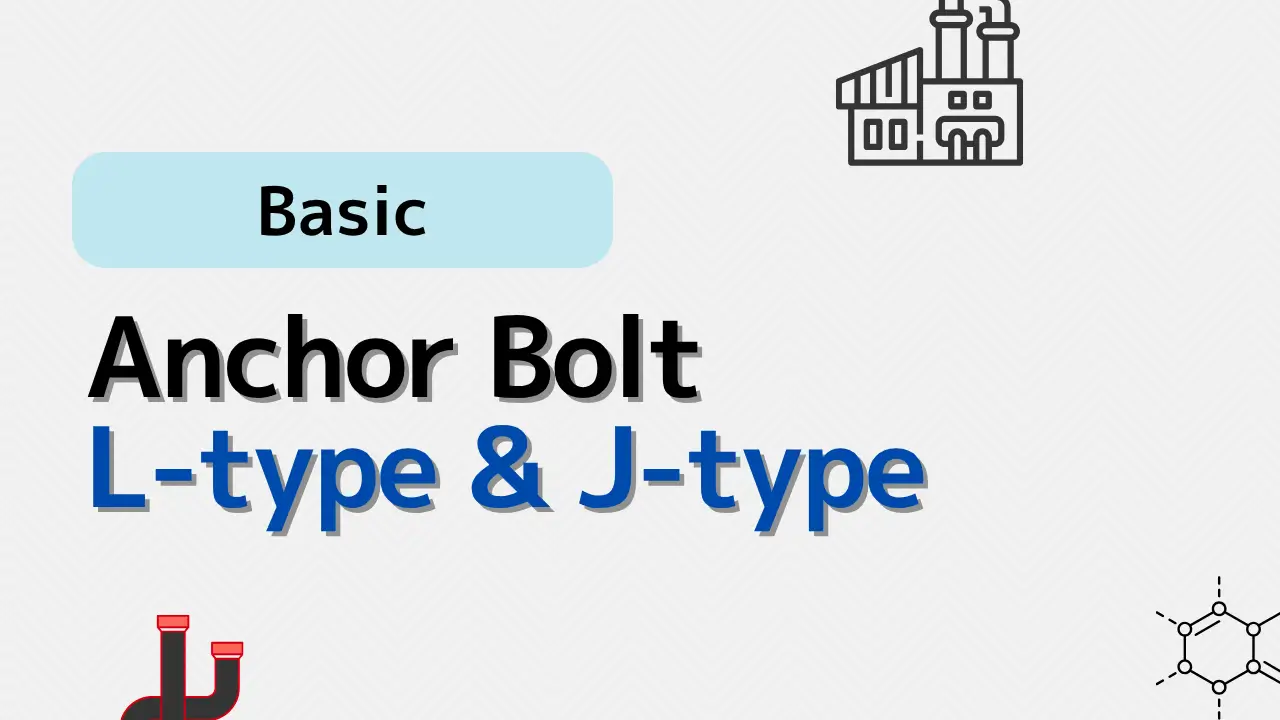Anchor bolts are critical for securing equipment and structures to concrete foundations. But not all anchor bolts are the same. In particular, the L-type and J-type bolts often confuse beginners. They may look similar—but they behave very differently.
This beginner-friendly guide explains the key differences, how each type is used, and what you need to consider when choosing between them.
🔩 What Are L-Type and J-Type Anchor Bolts?
Both are bent anchor bolts embedded in concrete to secure equipment or steel frames.
- L-Type bolts are shaped like the letter “L”.
- J-Type bolts are shaped like the letter “J”.
At first glance, the difference seems small—but their strength and reliability can vary.
⚠️ Which One Is Stronger?
The L-Type bolt is generally stronger and more stable than the J-Type. The sharp bend and longer embedded length of the L shape create more resistance inside the concrete, especially during upward or pulling forces.
The J-Type is easier to bend and may fail more easily under heavy loads or seismic conditions.
🛠 Why Do People Still Use J-Type Bolts?
Some manufacturers still produce J-Type bolts because:
- They are easier and cheaper to make.
- They are sometimes enough for light loads or temporary installations.
- In some markets, they are still the default or traditional choice.
But in modern plant construction, L-Type bolts are preferred for safety and long-term durability.
🧾 What’s LA and JA?
Sometimes you’ll see bolts labeled as LA or JA instead of just L or J.
These terms come from manufacturer naming and are often used in catalogs.
- LA = L-Type Anchor
- JA = J-Type Anchor
They’re the same shapes as L and J, just using shorthand codes.
✅ Conclusion
If you’re designing or checking anchor bolts for equipment foundations, always check the type—especially in earthquake-prone areas or for heavy loads. L-Type bolts offer better resistance and are generally a safer choice. J-Type bolts may look similar, but they’re not interchangeable.
When in doubt, go with L-Type.
